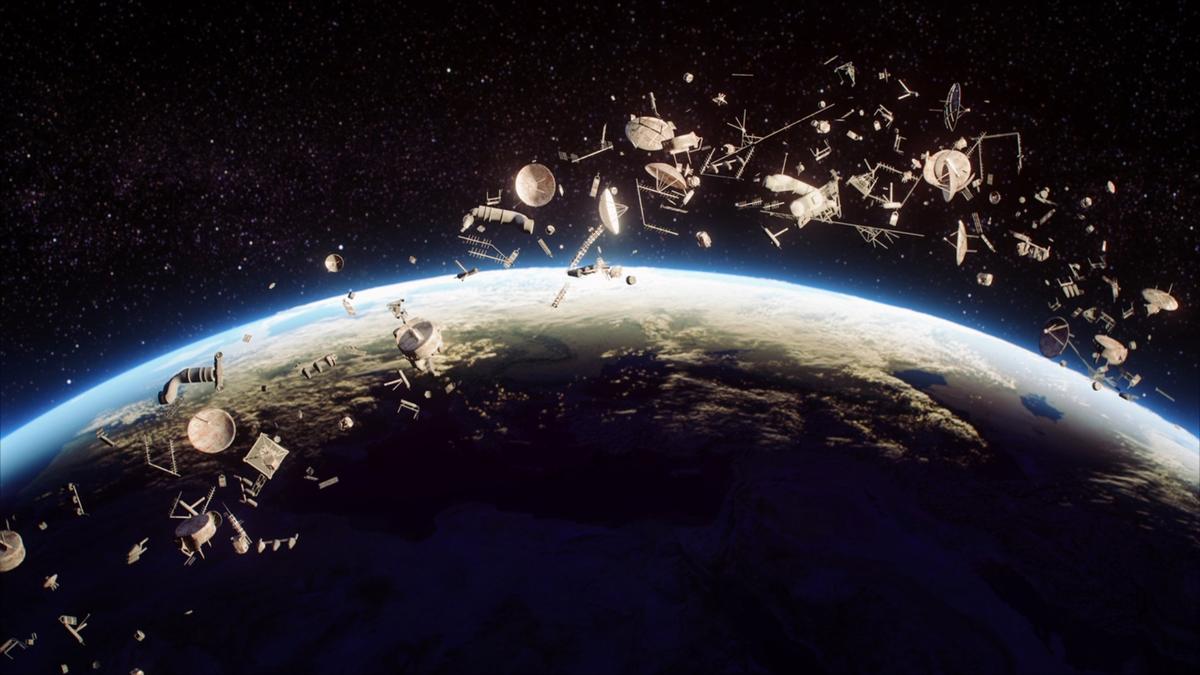

Cosmox Blogs
The Silent Graveyard Above: Satellites Lost to the Void
In that distance, where blue melts into infinity of black, is a graveyard of cosmic dusts, dead machines forgotten high above us. They are not buried under soiled earth, for they are quiet and silent in space, just like dead satellites floating in their orbit, reminding the skies which they once possessed. From weather satellites that had predicted storms, to communication giants that drew people closer together, their time is over, and now they float in an orbital purgatory. But what happens when the mission is completed? What is the fate when the engines stop firing and the solar panels go dark? Welcome to the space graveyard, where the story of humanity's technological marvels takes a dramatic turn toward decay and danger.
At the end of their operational lives, satellites meet their ends in styles as varied as the missions for which they originally were built. Some are flown into fiery, atmospheric deaths at the end of Earth's orbit by burning up the way a comet does. Some are banished to the vast "graveyard orbit," one of those cosmos parking lots distant from working satellites to avoid them colliding and perhaps causing chaos among the stars and planets. A few marauding satellites, however float around in low Earth orbit, dead but still threatening, gradually becoming part of the growing problem of space debris. And for the rare few, their journeys are extended by ingenious repurposing or servicing missions, and they get a new lease on life, making them contribute a little longer to the exploration of the final frontier for humanity. Every trail holds the tale of ingenuity, responsibility, and ever-looming challenges in controlling the skies above.
1) Atmospheric Re-entry: A Fiery Farewell
With Low Earth Orbit, typically less than 1,200 kilometers high, gravity and atmospheric drag continue to bring those satellites down in the Earthly direction. Decaying their orbit, it has these satellites going toward the thicker atmospheres. Inside there, it's more or less an apocalypse: the temperature rises into the thousands of degrees Celsius as parts of the satellite melt piece by piece. Most of the spacecraft burn out completely, but the denser parts like titanium can survive the fire and hit the earth. For large satellites and spacecraft, the controlled re-entry is designed so that debris falls into the South Pacific Ocean, popularly known as the "Spacecraft Cemetery." It is a desolate area, which has recently become a final resting place for large structures like the Mir space station and, at last, the International Space Station.
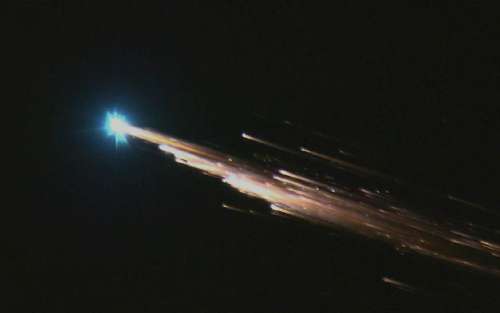
2) Graveyard Orbit: Eternal Exile in Space
In contrast, for geostationary orbit (GEO) satellites, orbiting 35,786 kilometers above Earth, re-entry is neither practicable nor economically feasible because the energy involved is enormous. In fact, the satellites are dumped into a "graveyard orbit," about 300 kilometers above the GEO belt, so that they do not collide with working satellites or cause interference with key operations. To do so, the operator reserves some satellite fuel to create one final "burn", making it move out into that arid portion of space. That is where spacecraft stay hanging as a mute and immortal purveyor in watchful quiet silent to humans' developing cosmos exploration efforts.
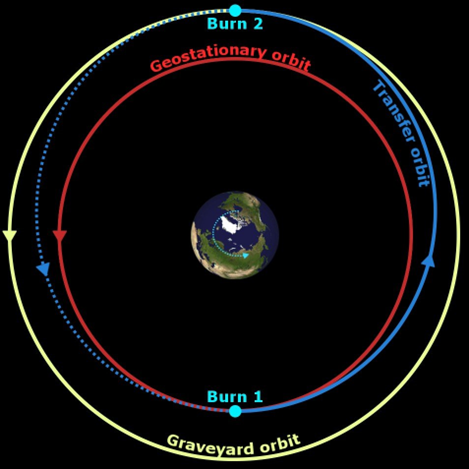
3) Servicing satellites-a second lease in life
In a surprising turn of technological ingenuity, some satellites completely defy the graveyard. Companies like Northrop Grumman are pioneering on-orbit servicing missions, giving new life to aging satellites. Mission Extension Vehicles (MEVs) can dock with dead satellites, restoring propulsion or fuel and extending their operational life by several years. In some cases, satellites are repurposed for entirely new missions, such as tracking space debris or supporting scientific observations. These developments thus signal a more recent trend to sustainable space activity and turn an end chapter on a satellite's life into an ever-new story of rebirth and survival.
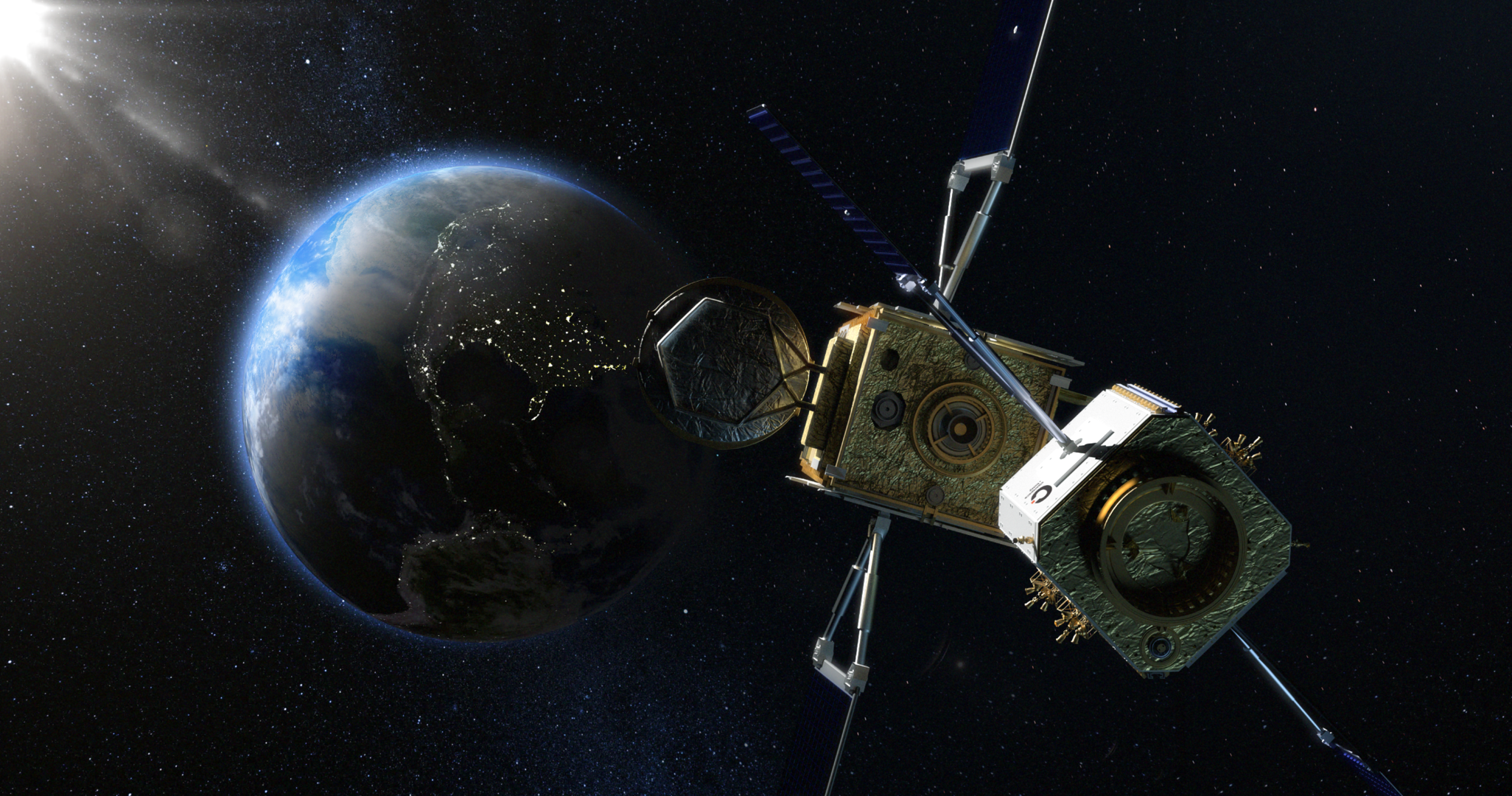
As the number of satellites, rocket fragments, and discarded space equipment increases, so does the number of debris inhabit the vast expanse above us. While the space graveyard may seem like a quiet, distant resting place for dead satellites, the reality is far from serene. With space increasingly filled with junk and debris, the potential for collisions escalates, posing a significant threat to operational satellites and space stations. This increasing issue has galvanized a worldwide movement toward the elimination of space debris, as governments and private industry strive to clean up the last frontier.
1) Active Debris Removal (ADR):
The Robotic Clean-Up Crew One of the promising methods to free up the orbit is Active Debris Removal, in which a space-craft that specifically captures and deorbits debris. The ClearSpace-1 is a European Space Agency mission set for launch in 2026 and will use a robotic arm to remove one large piece of LEO debris in an unprecedented, debris-only removal mission. This initiative sets a precedent for future operations, proving that ADR is technically feasible and can scale. Other companies, such as Astroscale, are working on innovative solutions such as the ELSA-d mission, which uses magnetic docking technology to allow a chaser spacecraft to capture and de-orbit defunct satellites. All these innovations bring in a new era of space stewardship in which the need to preserve the orbital environment will be as critical as the missions.
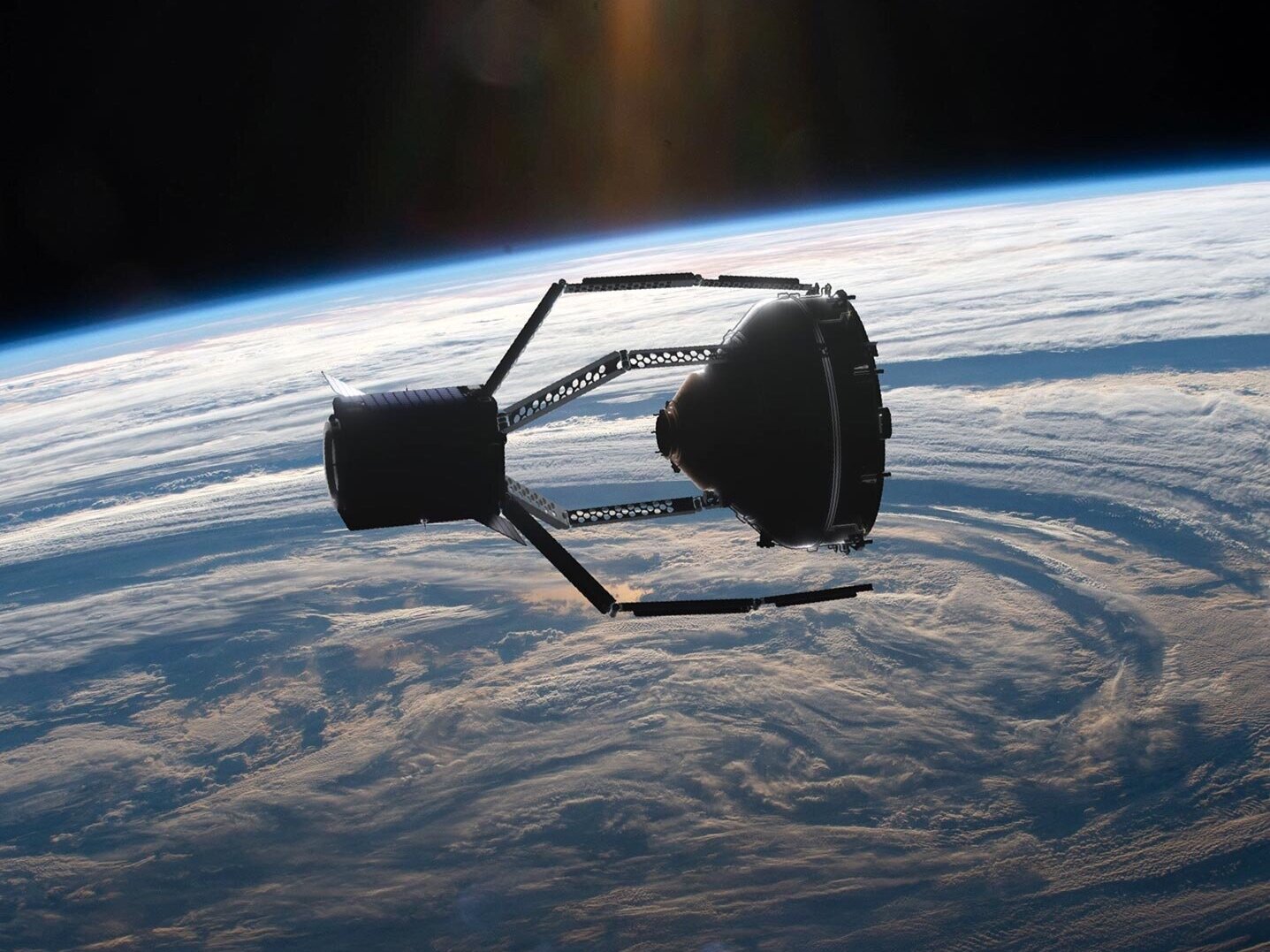
2) Satellite Design: Design for the Future
Reducing space debris starts on the ground with thoughtful satellite design. The satellites of today are being designed and engineered with the end-of-life deorbiting capabilities, so they will not contribute to the problem that's growing in the future. Modern spacecraft have controlled deorbit systems— small thrusters or drag devices that can burn up during re-entry or be steered to a graveyard orbit. This translates to the pushing of satellites into a higher orbit, far from operational satellites to reduce the chance of collisions in the case of satellites in geostationary orbit (GEO). In addition, satellite design is changing in the direction of lighter, more compact satellites. These satellites create less waste than before during manufacturing. This change, along with other new initiatives to adopt more sustainable operations in space, is taking hold in particular in SmallSat companies, which design and build small, reusable satellites with a relatively short lifespan for deorbiting responsibly at the end of service life.
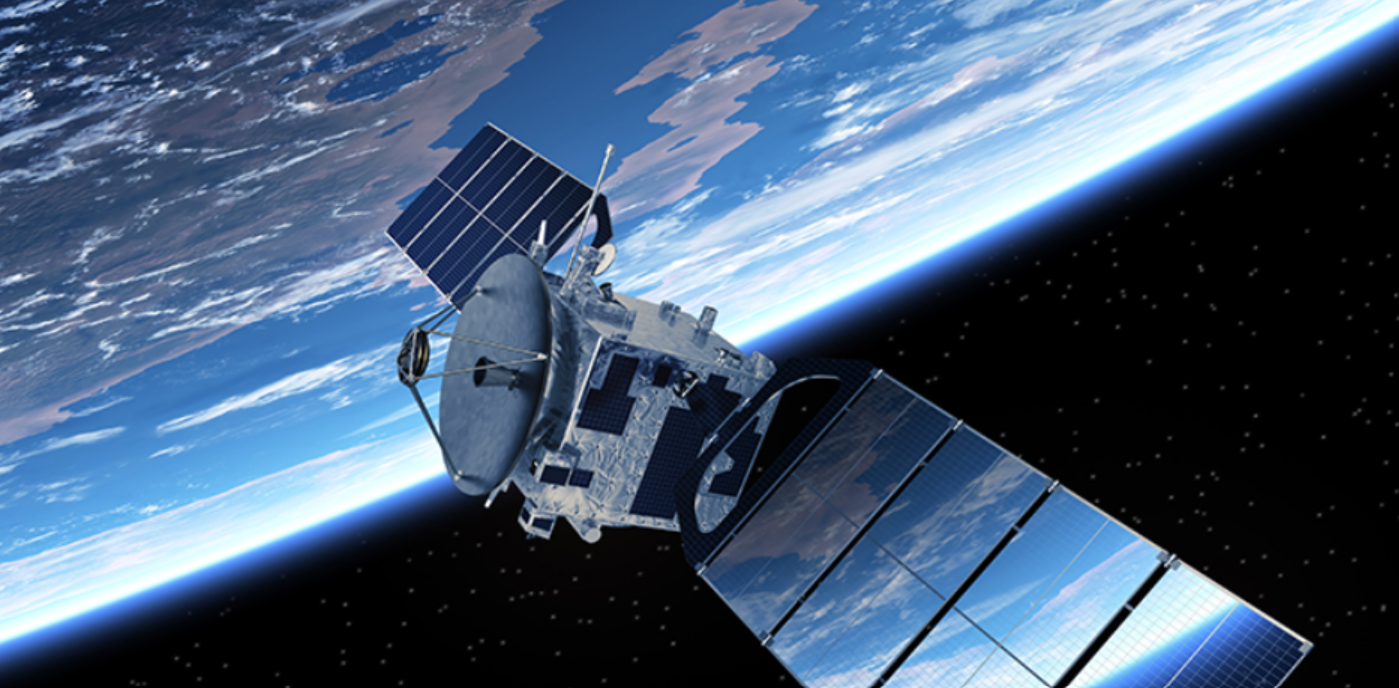
As we push farther into the universe, the graveyard of space stands as a bleak reminder of the point at which progress overtakes responsibility. The rubbish in orbit isn't just debris, it's a threat to our future in space. In doing what we can today to clean up this mess, we will decide whether we will continue to explore the stars or whether our dreams of space travel are lost in a dangerous, littered sky. The future of space is in our hands. Clean up the final frontier—for ourselves and for generations to come.

Cosmox Blogs
A non profit organization that works on writing and delivering blogs on cosmology, natural sciences & environment, so that people can learn more about it. We even run a forums page, where our users interacts with each other and discuss about Cosmology, Natural Sciences & Astronomy. We even run an instagram and a youtube channel with podcasts.